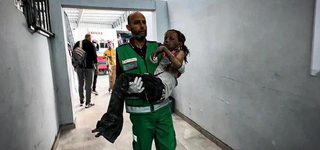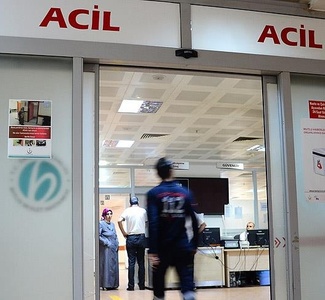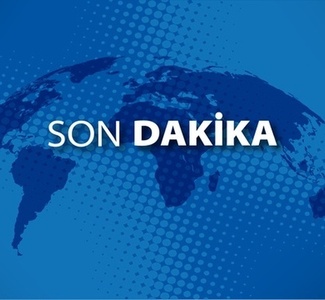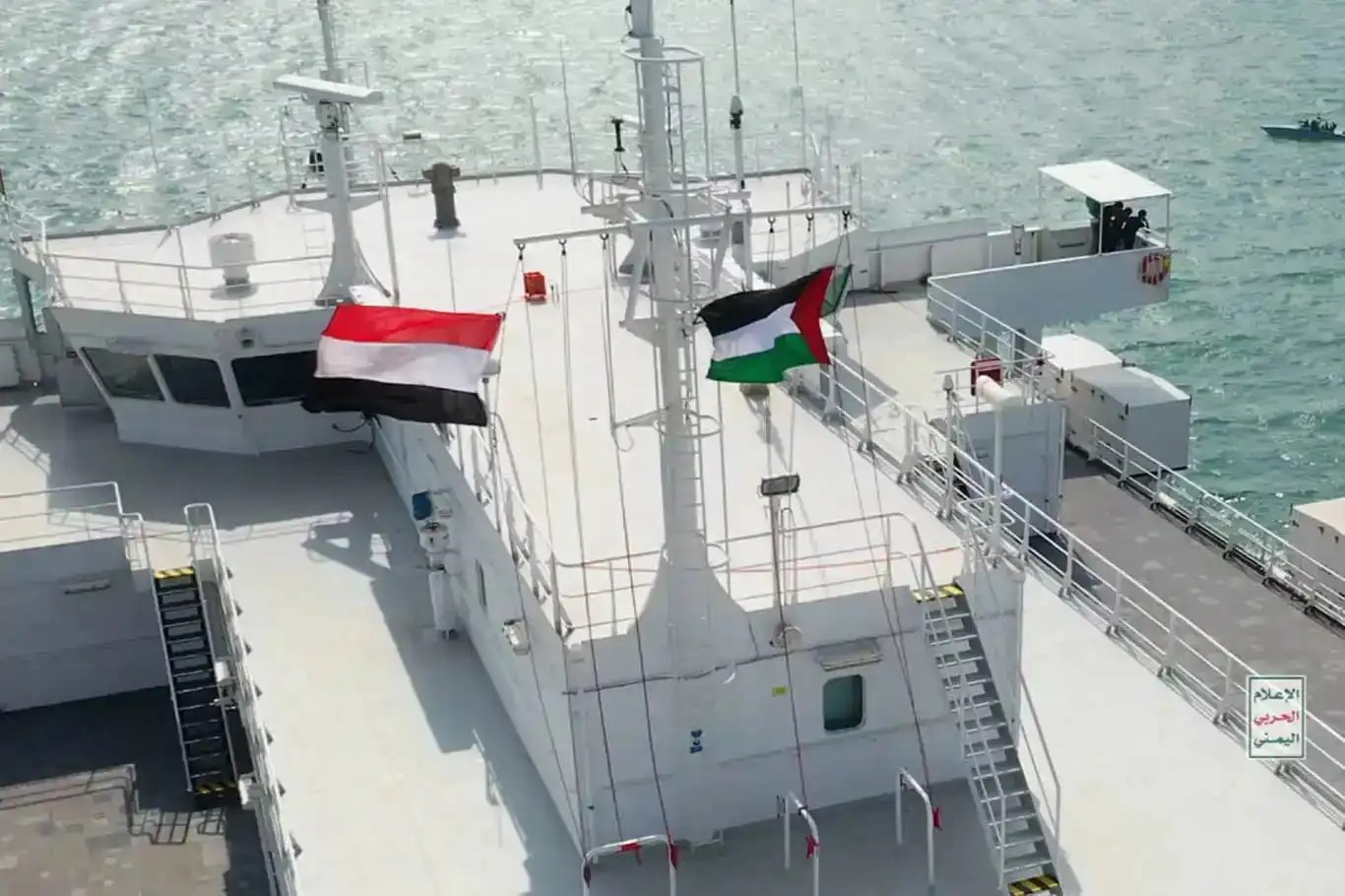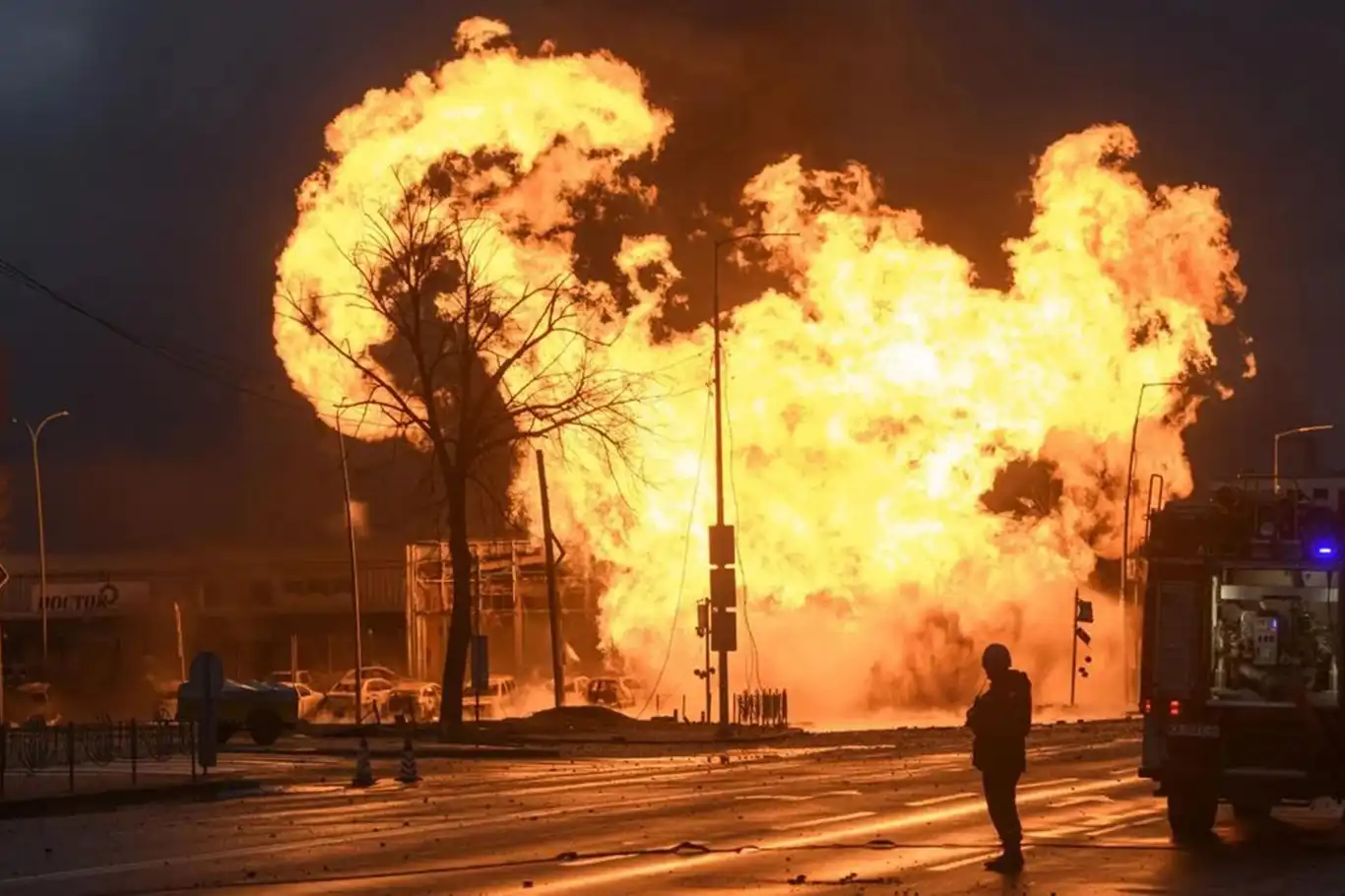"41 million children in need of urgent humanitarian assistance"
The UN Children's Fund [UNICEF] says that 41 million children who are forced to live under difficult conditions due to conflict, disaster and other incidents in the world need immediate protection.
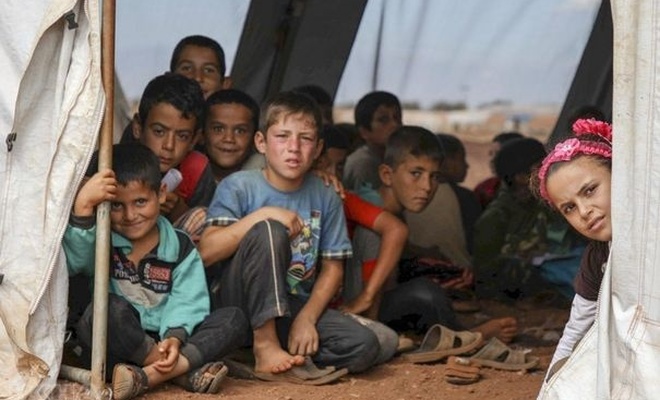
 Google News'te Doğruhaber'e abone olun.
Google News'te Doğruhaber'e abone olun. The UN Children's Fund [UNICEF] said there is a need for $ 3.9 billion to sustain humanitarian aid for these children, stating that 41 million children who are forced to live in difficult conditions due to conflict, disaster and other events in the world need urgent protection.
UNICEF Emergency Aid Operations Director Manuel Fontaine said in a statement that the number of children in need has reached the highest figures of the last 30 years.
This edition of UNICEF's report on requirements for humanitarian action highlights major emergencies affecting children and families around the world, and the results achieved by UNICEF and partners in response to those crises.
Noting that more violent conflicts are raging today than at any time since the adoption of the Convention on the Rights of the Child 30 years ago, the report also describes UNICEF initiatives to improve the quality of its humanitarian response in 2019, particularly in high-threat contexts.
Reporting that violence against children takes many sinister forms; in homes, schools, communities and online around the world, UNICEF said it manifests itself in debilitating physical and emotional abuse.
In humanitarian emergencies - especially those driven by relentless armed conflicts - violence can result in death, serious injury and lasting trauma.
An insidious sort of violence also affects children when humanitarian emergencies deprive them of health, nutrition, water and sanitation, education and other basic needs.
The most persistent dangers confront hundreds of millions of children who live in areas afflicted by protracted conflicts. More countries are embroiled in internal and international fighting now than at any time in the past 30 years. And every conflict comes with terrible consequences for children, who are always among the most vulnerable.
In the worst cases, children are at risk of immediate harm from targeted and indiscriminate attacks, as well as abuses such as sexual and gender-based violence, abduction and recruitment into armed forces and groups.
The report warned that if we fail to stop these violations - and if perpetrators are not held accountable for committing them - children will grow up seeing violence as normal, acceptable, even inevitable.
"Violence against children must never become 'the new normal'," the report said.
Even for children who are not directly targeted, armed conflict creates a pervasive, overwhelming atmosphere of violence. When children grow up in conflict, their physical scars are easy to see. Their mental scars are hidden and take longer to heal.
Toxic stress from experiencing or witnessing traumatic events can have a devastating impact on children's learning, behavior, and emotional and social development. And the longer a violent conflict lasts, the deeper its impact will be.
As of early 2018, nearly 31 million children have been forcibly displaced by violence and conflict, including 13 million child refugees and more than 17 million inside their own countries. Attacks on children continue unabated. From Afghanistan and the Central African Republic to South Sudan and Syria, warring parties are flouting one of the most basic rules of war: the protection of children.
More than 2.5 million Syrian children are living as refugees
Nearly eight years after the start of the conflict in the Syrian Arab Republic, some 13.1 million people require humanitarian assistance, including 5.6 million children, 493,000 of whom are living in hard-to-reach areas.
More than 2.5 million Syrian children are living as refugees in Egypt, Iraq, Jordan, Lebanon, and Turkiye, where demand for basic services such as health and education continues to outstrip the capacity of institutions and infrastructure to respond.
Afghanistan
In Afghanistan, an estimated 3.8 million children will need protection and humanitarian assistance in 2019 due to increased violence, natural disasters, including drought, and the harsh winter, which will further undermine access to critical basic services.
Rohingya crisis in Bangladesh and Myanmar
Since August 2017, more than 730,000 Rohingya, including 400,000 children, have fled violence in Myanmar and settled in Cox's Bazar District, Bangladesh. In Myanmar, 600,000 Rohingya continue to face significant challenges, including lack of freedom of movement, discrimination and limited access to basic services.
Yemen
The conflict-driven humanitarian crisis in Yemen has been described as the largest emergency in the world, with more than 22 million people in need of humanitarian assistance. An estimated 12 million Yemenis, including 2 million children, will require food assistance in 2019. (Muhammed Said Aksoy - ILKHA)































